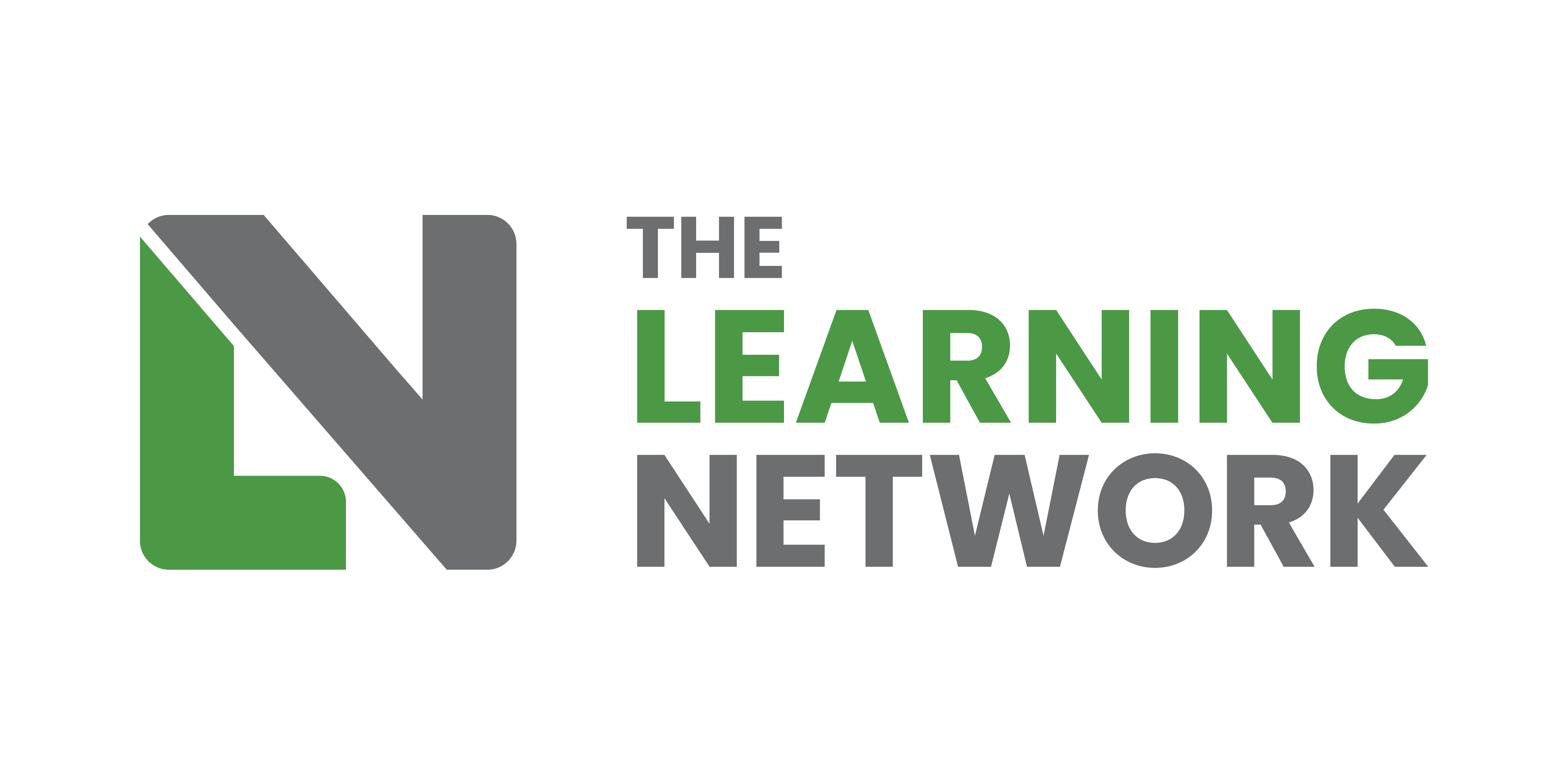Photo Credit: Paul Townsend @ Flickr
This article is a shortened and adapted version of the webinar I delivered with Aurion Learning at the end of 2016. It’s not a forecast but an exploration of some of the ‘new’ stuff you will probably hear about at the upcoming Learning Technologies show. Some of these things will gain traction in 2017 others may die a quiet death….come back next year to see which is which!
Microlearning
This could go two ways in 2017. Initially I thought micro learning was just an excuse to build shorter and shorter e-learning modules in order to meet learners desire to access learning on the go or at the point of need. Many people still see it like that but where I think microlearning could gain ground is where the micro elements are linked together in an effective learning pathway – one that can be accessed over time to coach the learner in improving their competency. So check out any platforms that support the microlearning plus learning pathway approach while you are at LT.
Brain Friendly Learning Design
As we learn more and more about how our brain works we will continue to get insights into how we learn and that will feed into the way we design and build digital learning. For a start read ‘Why Don’t Students Like School?‘ by Daniel Willingham and ask content providers and custom developers at LT if their designs are brain friendly.
Interactive Video
In my book there are two types of digital lessons – video or interactive. Video lessons are passive – in that you just watch them – usually you watch either the teacher or their slides though sometimes they may have nice graphics and animations. Video lessons feature big on most e-learning marketplaces such as Udemy, or Pluralsight or in MOOCS a such as those from Coursera or FutureLearn. Interactive lessons allow the learner to interact via an interaction technology (usually Flash or HTML5). As learning designers we mainly work with interactive stuff so although video is a cool medium its lack of interactivity has been a big stumbling block. Well that is set to change as we see interactive video become more affordable and widespread. Now learners can interact with video content – for example to branch to another section or to answer a question and get feedback. There are issues over the type of technologies used and the fact that most platforms are proprietary but as uptake improves so should the options for building and deploying interactive video. Check out the talk ‘Interactive video, a new hope?‘ in Theatre 6 on Day1 at LT. And to see what interactive video can do in a learning context check out H5P.
Adaptive and Personalised
One thing e-learning is NOT is adaptive or personalised. Not adaptive or personalised in the sense that you can choose your role or type your name into it but that the content is shaped depending upon who you are and what you already know. True adaptive learning needs to establish what you already know and also what context you know it in before matching you with any content. This can be done either by a clever diagnostic, or by supporting a self-directed approach or more interestingly by working out the sort of stuff you’ve been interested in before (think those annoying ads you see on web pages because you recently browsed some products at Amazon). In practice ALL of these techniques should probably be used in a truly adaptive system but it’s early days and most affordable platforms probably focus on one with maybe a little sprinkling of the others. To see what a basic adaptive system can do check out the Filtered platform at Learning Technologies
Responsive e-Learning Design
More and more e-learning will be developed using a responsive approach in 2017, and not just because it’s more mobile friendly but because it feels a lot fresher than the conventional slide by slide, click next approach. And with the increasing demand comes better (and cheaper) tools. Even Articulate has added a responsive tool to its 360 toolkit. Rise is simple but effective but can’t beat Evolve, Elucidat or GoMo for sheer functionality. Whatever you do in 2017 make sure one of your e-learning projects is responsive.
Games and Gamification
Games and gamification will still feature large in 2017. Games if you have the creativity and the budget, gamification if you don’t! And for those who are both creatively and financially challenged there will be increasing numbers of structural gamification solutions – that’s gamification at the platform (LMS) level.
Augmented Reality (AR) and Virtual Reality (VR)
AR and VR are the really cool buzzwords in digital learning at the moment. If you’ve just bought Storyline then you’re probably not ready to take on the design of a full virtual reality immersive environment but for specific applications the power of VR is clearly key (surgeons are using VR to learn how to operate for example). If you don’t have a need for VR then AR is much more affordable and down to earth. Want to show mechanics where the test points are in a modern diesel engine – VW used AR to guide engineers around a real car. Overlaying digital information onto the real world is a cool and very simple idea. One that most of could probably use tomorrow. There are a few free seminars on VR and AR; try Adding virtual reality to your 2017 learning strategy in Theatre 1 on Day 2. To have a play with AR in the flesh check out HP Aurasma.
For all list of all free seminars at the show see the FREE seminar programme.
Don’t forget to visit the eLN on Stand S3 – we’re celebrating our 30th birthday this year!
John Curran
eLN Director


